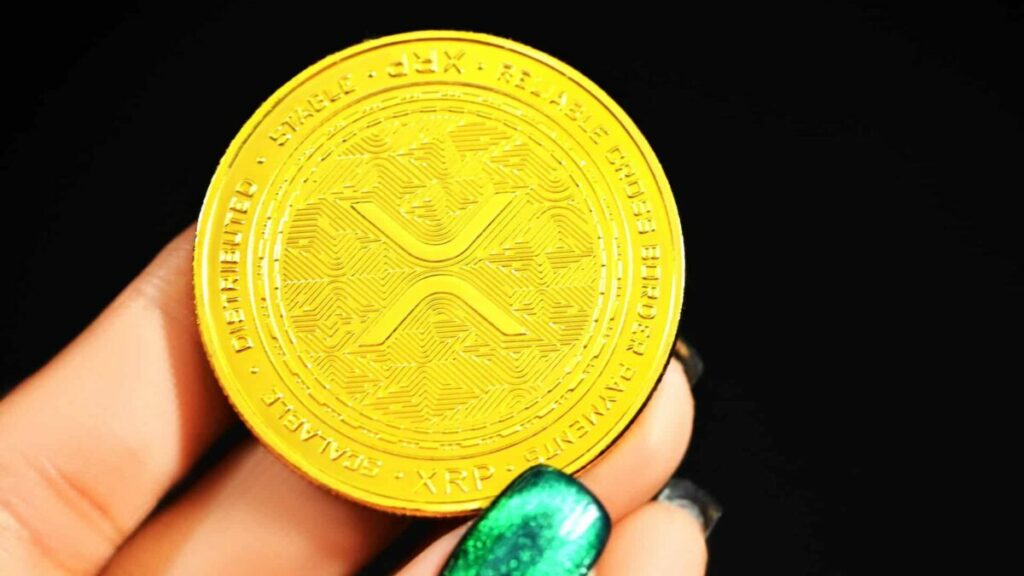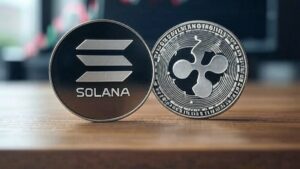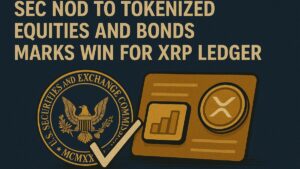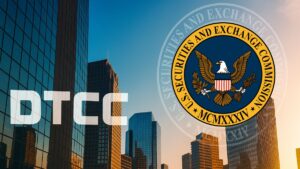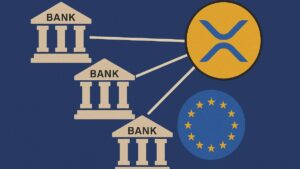Pro XRP attorney, Jeremy Hogan weighs in on the ongoing lawsuit between Ripple Labs and US Securities and Exchange Commission (SEC), explaining why XRP is not a security.
Stuck in a more-than-two-year-long tussle with the US SEC, XRP has witnessed a fair amount of ups and downs. As the legal battle inches closer to a conclusion, experts have started to predict the outcome. Recently, Ripple published a notice citing a United States Supreme Court ruling concerning Binance.US’ bid to purchase collapsed crypto lender Voyager Digital.
The judge had summarily rejected the SEC’s claims to label Voyager’s VGX token a “security” and BinanceUS, an unregistered securities exchange. Following the notice, several people in the XRP community said the classification of major tokens in the U.S. Commodity Futures Trading Commission (CFTC) filing against Binance could mean that XRP tokens were commodities instead of a security, as alleged by the SEC.
What Arguments Have Been Put Up?
In the latest development, Hogan chimed in to make a compelling argument on why XRP does not qualify as a security. On April 9, the attorney took it to Twitter to explain that, XRP can only “possibly” fit under the definition of an “investment contract”, according to the legislative definition of security. He said XRP is neither a bond nor a stock noting that even the SEC concedes that XRP could only be deemed an “investment contract.”
The #1 reason why XRP is not a Security (a thread).
First, under the legislative definition of a security, XRP can only POSSIBLY fit under the definition of an "investment contract." It is not a stock or bond, etc..
Even the SEC concedes this: "investment contract." pic.twitter.com/n9g7ZEos2n
— Jeremy Hogan (@attorneyjeremy1) April 9, 2023
Hogan claimed XRP continues to remain an investment, similar to buying gold and there is no obligation for Ripple to do anything except transfer the asset. He further added that in the case of Ripple, there was no such contract, and thus, XRP cannot be classified as a security. The attorney wrote,
“In the Ripple case, the SEC has failed to argue that there was an implied or explicit contract of investment. Instead, it argues that the purchase agreement is all that is required – and that is all it proves.”
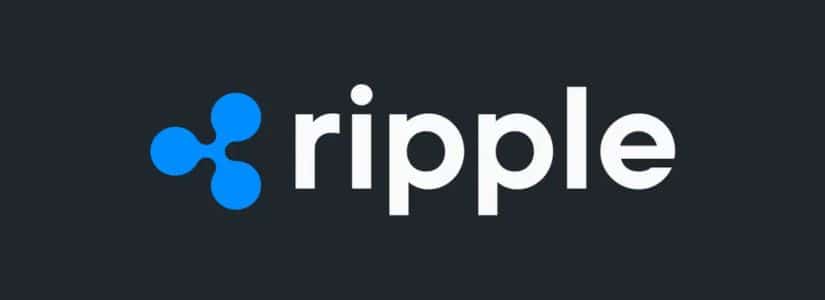
In addition, the pro-XRP attorney also believes the lawsuit which has been lingering for more than two years, could last beyond 2026, depending on the judge’s verdict in the current case. This may happen since both parties can appeal any decision reached, any appeal could see the case reach as far as the Supreme Court.
The issue is NOT whether Ripple used money from the sale of XRP to fund its business.
The issue is whether the SEC has proven that there was either an implied or explicit "contract" between Ripple and XRP purchasers relating to their "investment."
There was no such contract.
— Jeremy Hogan (@attorneyjeremy1) April 9, 2023
Another Lawyer Joins in
This comes shortly after lawyer Bill Morgan in a tweet on April 7, revealed that the SEC’s expert had admitted that the prices of Bitcoin (BTC) and Ethereum (ETH) have been responsible for up to 90% of fluctuations in the value of XRP since mid-2018. As a matter of fact, this defeats SEC’s claim that Ripple’s efforts were responsible for XRP’s performance.
It was surprising to me that the SEC’s own expert conceded that since mid-2018 onwards that Bitcoin and Ethereum price movement can explain as much as 90% of XRP’s price movement./1 pic.twitter.com/0ZA33On6EO
— bill morgan (@Belisarius2020) April 7, 2023
Based on Morgan’s remarks, Hogan speculated that if the presiding judge decided to “split the baby,” she could rule that XRP sales after mid-2018 were not securities, as even the SEC recognizes that Ripple’s actions during that period had minimal influence on the token’s value. He tweeted,
“If the Judge in the Ripple case wanted to ‘split the baby’ (that’s a horrific phrase, isn’t it?), she could rule that sales of XRP since mid-2018 were NOT securities because even the SEC concedes that Ripple’s actions had almost no effect on XRP’s price since that point in time.”


